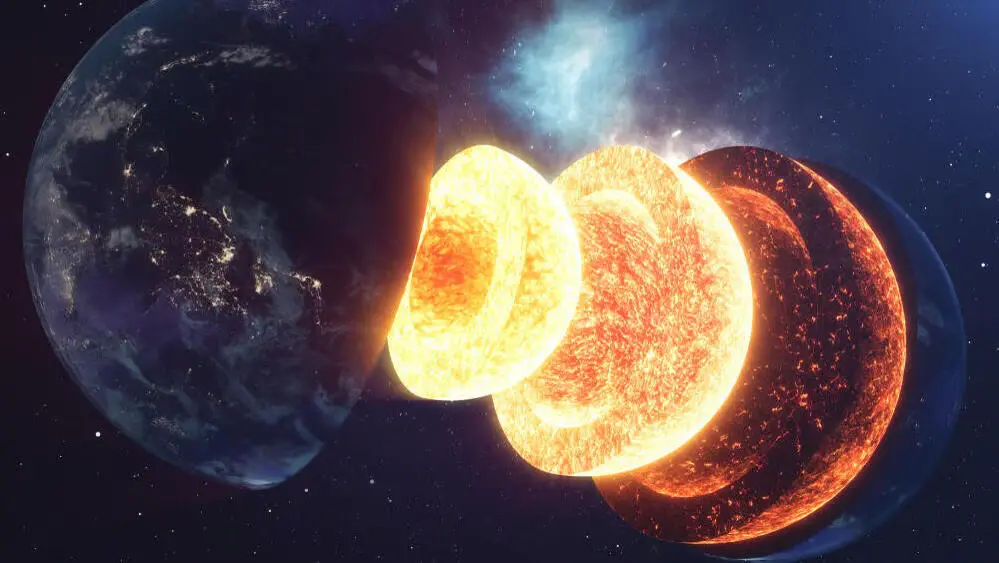
How Was Planet Earth Born
The story of Earth's formation is a fascinating journey spanning 4.6 billion years. From a swirling cloud of dust and gas to the vibrant, life-sustaining planet we call home, the birth of Earth is a tale of cosmic events, collisions, and transformations. In this blog, we’ll explore the key stages of Earth's formation and the history of our solar system, shedding light on how our planet came to be.
The Birth of the Solar System:
● The Solar Nebula:
Around 4.6 billion years ago, a giant molecular cloud of gas and dust, known as the solar nebula, collapsed under its own gravity. This event marked the beginning of our solar system.● Formation of the Sun:
As the nebula collapsed, most of the material gathered at the center, forming the Sun. The remaining material flattened into a rotating disk around the newborn star.The Formation of Earth:
● Accretion:
Earth formed through a process called accretion, where dust, rocks, and planetesimals collided and merged over millions of years. This process generated immense heat, melting the early Earth into a molten ball.● The Giant Impact Hypothesis:
A Mars-sized body, often called Theia, collided with the early Earth. This catastrophic event ejected debris into orbit, which eventually coalesced to form the Moon.● Cooling and Differentiation:
Over time, Earth's surface cooled, forming a solid crust. Heavier elements sank to the core, while lighter materials rose to the surface, creating Earth's layered structure: the core, mantle, and crust.The Evolution of Earth:
● Formation of the Atmosphere and Oceans:
Volcanic activity released gases, forming Earth's early atmosphere. Water vapor condensed into oceans, creating the conditions necessary for life.● The Emergence of Life:
Around 3.5 billion years ago, simple life forms emerged in Earth's oceans. Over billions of years, life evolved, leading to the diverse ecosystems we see today.● Plate Tectonics:
Earth's crust is divided into tectonic plates that move and interact, shaping continents, mountains, and oceans. This dynamic process continues to influence Earth's surface.Conclusion:
The formation of Earth is a remarkable story of cosmic events and geological processes that unfolded over billions of years. From a chaotic cloud of dust and gas to a thriving planet teeming with life, Earth's history is a testament to the dynamic nature of our universe. Understanding this history not only deepens our appreciation for our home but also provides insights into the origins of life and the future of our planet.